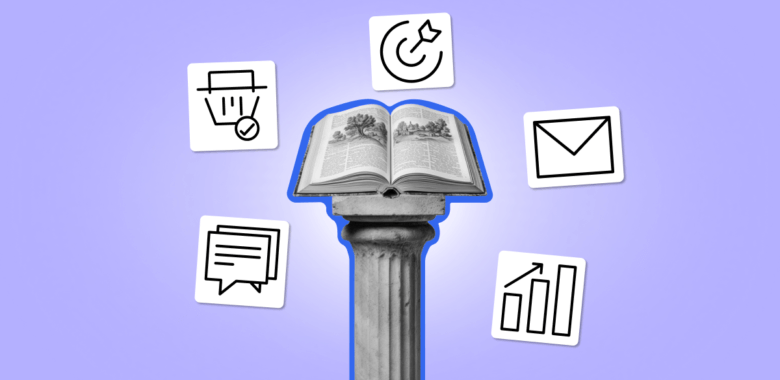Selzy’s email builder offers a vast collection of responsive templates that you can customize to fit your brand’s style. With pre-made blocks and an AI assistant, the design process has never been easier! Ready to make an impact?
What is a content style guide?
A content style guide is essentially a brand’s personality. Just as each person has their unique traits and mannerisms, so do brands. Do you want your brand to sound like a “too cool for school” teen who doesn’t use punctuation but references the latest memes? Or maybe you want your brand to appear approachable and helpful, with perfect grammar and punctuation?
This is where a content style guide comes in handy.
It’s not just about what’s said, but also about how it’s presented. Imagine if this article suddenly changed fonts in the middle or started using a different regional dialect? You’d probably be confused and put off, and for good reason.
Customers feel more comfortable if the content they encounter is dependable and easy to understand. This is why everything, from email marketing content to TikToks, should be consistent. To achieve this consistency, brands use content style guides — rules for a brand’s messages.
















